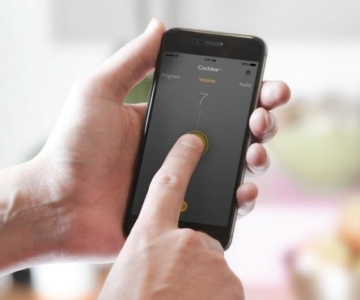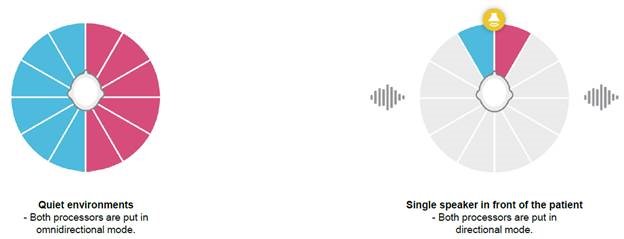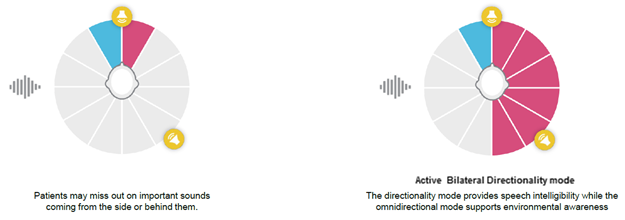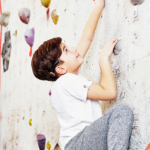Meet the team who designed the Cochlear™ Baha® SoundArc, the new non-surgical bone conduction wearing option for pediatric patients. Learn how the engineers and designers drove innovation and filled the gap of a product that has never existed.
 The Baha® System can help your pediatric patients with mixed or conductive hearing lossby Jamie Schwartz / February 8, 2018
The Baha® System can help your pediatric patients with mixed or conductive hearing lossby Jamie Schwartz / February 8, 2018







